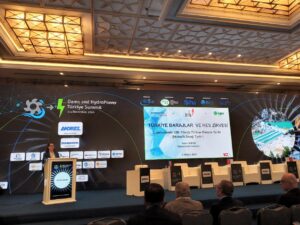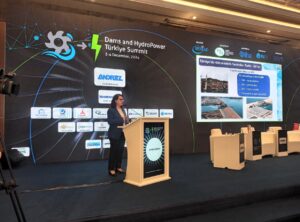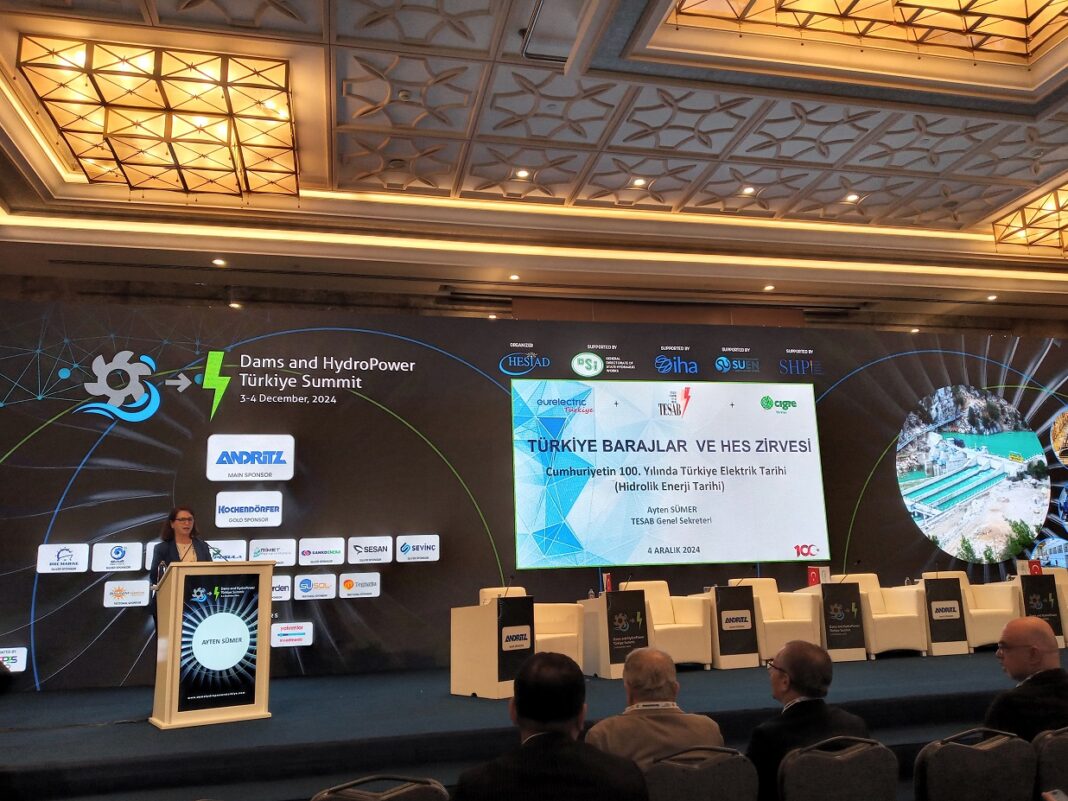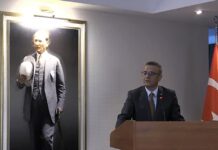Dams and HydroPower Türkiye Summit was held on 3-4 December at Divan Hotel Ankara.
Making a special presentation at the event, Turkish Electricity Industry Association (TESAB) Secretary General Ayten Sümer said that the future of hydraulic power plants and dams was discussed for two days at the summit, and pumped storage, planning, strategies and ‘what can be done?’ issues were touched upon.
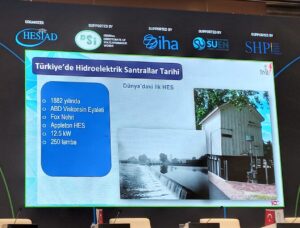
Stating that she will quote sections from the ‘Dams’ and ‘HEPP’ sections of the 650-page Electricity History Book in his presentation titled ‘Turkish Electricity History in the 100th Anniversary of the Republic’, Sümer touched upon the history of hydraulics first and said, “The first hydroelectric power plant in the world was built in the USA in 1882. It is the Appleton HEPP built on the Fox River in the State of Wisconsin. It has only 12.5 kW of power and can illuminate 250 lamps. This facility building was later restored and is currently used as a museum.” she said.
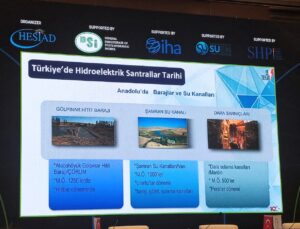
WATER MEANS ‘LIFE’
Stating that Anatolia, which has fertile lands, has hosted different civilizations and that people have lived in these lands for many years, Sümer said, “However, water means ‘life’. Wherever water is, human beings settle there and continue their lives there. In all cities of Anatolia – except our beautiful Ankara – a river passes through the middle of the city. In fact, the city was built on both sides of that river.
For example, the Gölpınar Hittite Dam in Çorum was built in 1250 B.C. It was founded during the Hittite period. It is located in the Şamran Water Channels / Van region, built around 1000 BC during the Urartian period. Again in 500 B.C. Dara Irrigation Canals, established during the Persian period in the Mardin region. All of these facilities are currently operated by municipalities or the Ministry of Culture.”
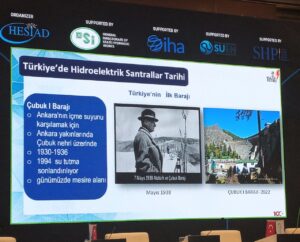
TÜRKİYE’S FIRST DAM ÇUBUK-I
“Turkey’s first dam is Çubuk-I Dam. It is established to provide Ankara’s drinking water. It was established between 1930 and 1936 upon Atatürk’s instructions, and its water retention was terminated in 1994. It was restored by Ankara Metropolitan Municipality in the early 2000s and now serves as a recreation area.” she said.
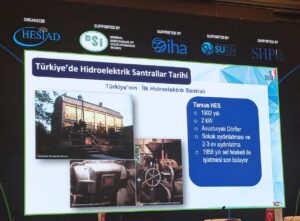
THE FIRST HEPP WAS ESTABLISHED IN TARSUS
Sümer touched upon the following issues in the part of his presentation regarding hydroelectric power plants: “Our first hydroelectric power plant was established in Tarsus in 1902. A power plant with a power of 2 kW. It is installed for street lighting. Electricity is covered for only 2-3 houses. In 1958, it suffered great damage in a flood and its operation was terminated. Moving to another place. After the book started to be written, EİAŞ General Directorate thought about a project saying ‘Can we turn this place into a museum?’ A delegation also went for on-site detection. Unfortunately, there is not much left except a few bricks and a few ruined walls. But Tarsus is recorded as the first HEPP in Türkiye. And I can’t help but mention this: now we press the power button, our electricity turns on and off. Since there was no such system in those years, electricity was turned off or on via the switch of the power plant.” she said.
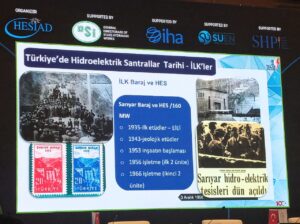
SARIYAR DAM IS AMONG THE FIRSTS
Stating that the first large dam HEPP power plant was Sarıyar Dam and HEPP, Sümer said, “It has a power of 160 MW, near Ankara, it is still in operation and has undergone a new rehabilitation. The first survey and geological surveys continued for nearly 10 years. Its construction started in 1953. It was put into operation in 1956 (first 2 units). “Ten years later, in 1966, the second two units were put into operation.” he said.
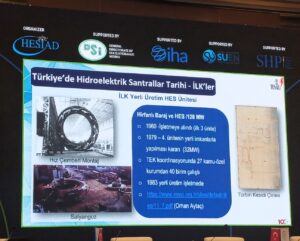
FIRST DOMESTIC PRODUCTION HEPP ‘HIRFANLI DAM’
Stating that the first Domestic Production HEPP unit is Hirfanlı Dam, Sümer said, “Hirfanlı Dam is also planned as 4 units. The first 3 units were put into operation in 1960. The turbine inlet of the fourth unit is closed. There are two recorded or rumored reasons for this. The first is the economic conditions of that period and the lack of financial resources. The second reason is that it is thought that the country does not need the electricity of this unit. And in 1979, a team was established under the coordination of TEK construction department for the fourth unit. 40 units from 27 public-private institutions have been working in this team for a long time. They don’t redo the design. They use the design of the previous three units. “The first domestic production was put into operation in 1983.” she said. (source:ankaranethaber.com)
